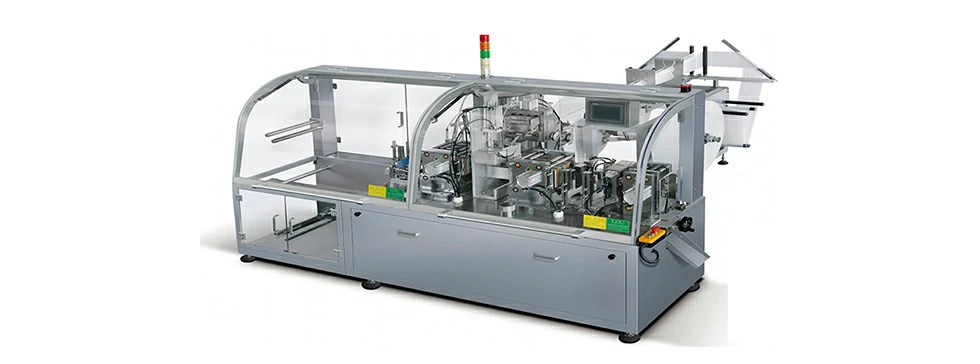The next generation of wet wipe machines is set to revolutionize the wet wipe manufacturer, introducing innovative technologies and features that will enhance efficiency, flexibility, and product quality. Here’s a glimpse into the exciting advancements and capabilities of the next generation of wet wipe machines:
Smart Manufacturing and Industry 4.0 Integration:
The next generation of wet wipe machines will leverage the principles of smart manufacturing and integrate with Industry 4.0 technologies. Connected sensors, real-time data analytics, and cloud-based platforms will enable remote monitoring, predictive maintenance, and optimization of production processes. This integration will enhance overall equipment effectiveness (OEE), reduce downtime, and enable proactive decision-making.
Advanced Material Handling:
Wet wipe machines will incorporate advanced material handling systems for seamless and efficient production. Automated material feeding, cutting, and positioning mechanisms will ensure precise and consistent material handling, reducing waste and improving throughput. Robotics and vision systems will enable high-speed and accurate material placement, enhancing overall process efficiency.
Multi-Lane Production:
Next-generation wet wipe machines will feature multi-lane production capabilities. By incorporating multiple lanes, manufacturers can simultaneously produce multiple types or sizes of wet wipes, increasing production capacity and flexibility. This feature will cater to the growing demand for diverse product offerings and enable efficient small-batch production.

Intelligent Folding and Packaging:
Wet wipe machines will integrate intelligent folding and packaging systems for enhanced efficiency and customization. Advanced algorithms and machine vision will ensure precise folding and alignment, even for complex folding patterns. Integrated packaging modules will seamlessly transfer the folded wipes into packaging materials, reducing manual handling and increasing automation.
Quick Changeover and Product Customization:
Next-generation wet wipe machines will prioritize quick changeover and enable easy customization. Tool-less changeover mechanisms, modular designs, and intuitive user interfaces will expedite the process of switching between different wipe sizes, materials, and folding patterns. Manufacturers will have the flexibility to meet evolving market demands and offer personalized products with minimal downtime.
Improved Energy Efficiency:
The next generation of wet wipe machines will focus on energy efficiency and sustainability. Energy-saving components, such as efficient motors, variable frequency drives (VFDs), and optimized control algorithms, will be integrated to minimize power consumption. Energy recovery systems may also be incorporated to harness and reuse energy during the production process.
Enhanced Quality Control:
Next-generation wet wipe machines will implement advanced quality control systems to ensure consistent product quality. Inline inspection technologies, such as high-resolution cameras, sensors, and machine vision systems, will detect defects, contaminants, or irregularities during production. Real-time feedback mechanisms will enable immediate adjustments, reducing waste and enhancing product integrity.
Human-Machine Collaboration:
Wet wipe machines will embrace human-machine collaboration to optimize productivity and safety. Collaborative robots, or cobots, will work alongside human operators, assisting in tasks such as material handling, quality control, and maintenance. This collaboration will improve ergonomics, reduce the risk of repetitive strain injuries, and enhance overall efficiency.
Sustainable Material Usage:
The next generation of wet wipe machines will support the use of sustainable and eco-friendly materials. Manufacturers will have the option to incorporate biodegradable, compostable, or recyclable materials for wipes and packaging. This shift towards sustainable materials will align with growing environmental concerns and consumer preferences.
Data-Driven Optimization and Predictive Maintenance:
Advanced data analytics and machine learning algorithms will enable data-driven optimization and predictive maintenance in wet wipe machines. Real-time monitoring of key performance indicators (KPIs) will provide insights into machine performance, production bottlenecks, and maintenance requirements. This proactive approach will minimize downtime, improve efficiency, and extend the lifespan of the equipment.
The next generation of wet wipe machines will bring forth a new era of smart manufacturing, automation, customization, and sustainability. These advancements will enable manufacturers to meet evolving market demands, optimize production processes, and deliver high-quality wet wipes efficiently and cost-effectively.